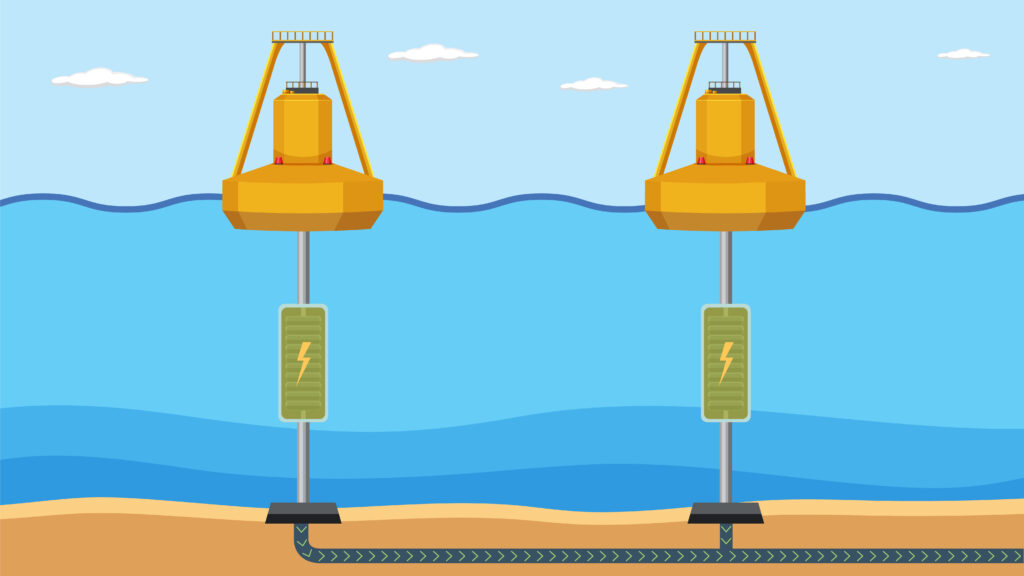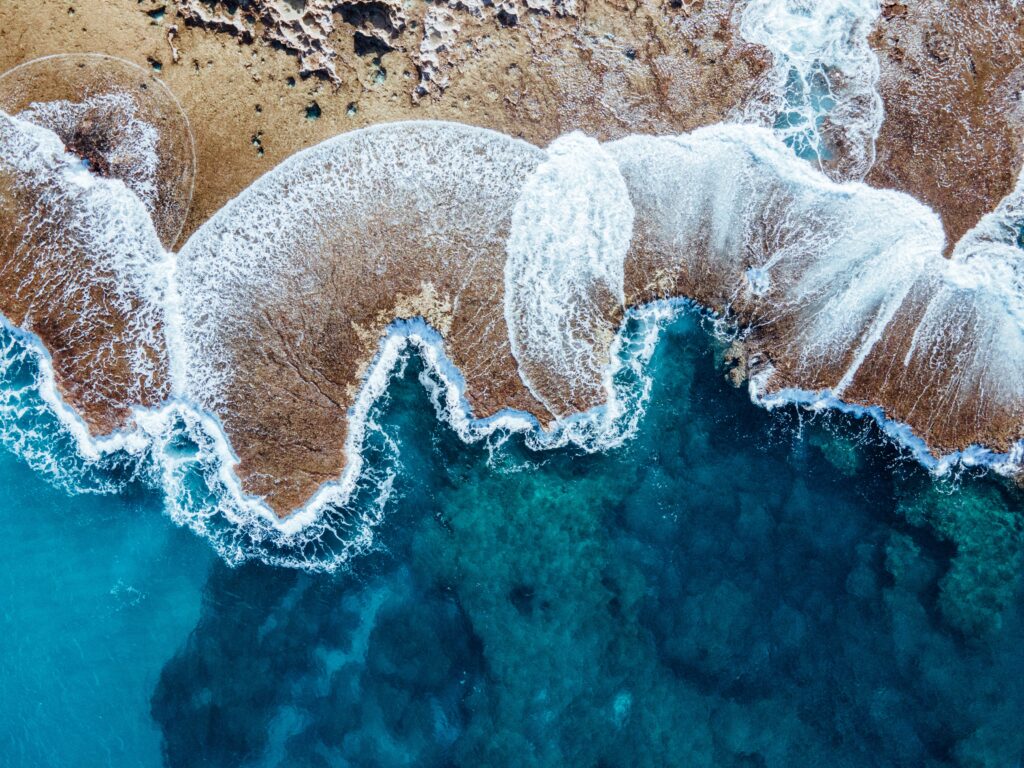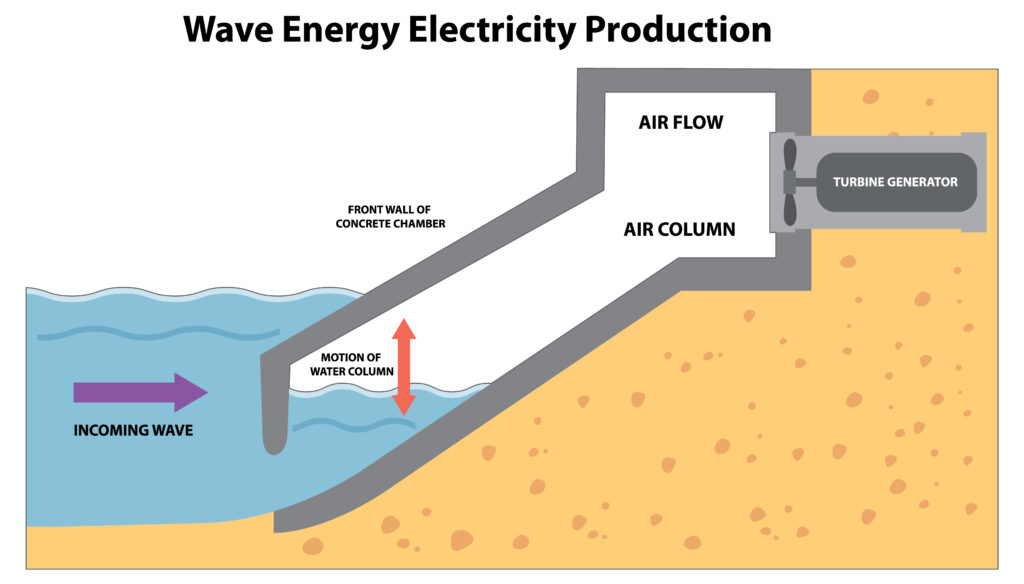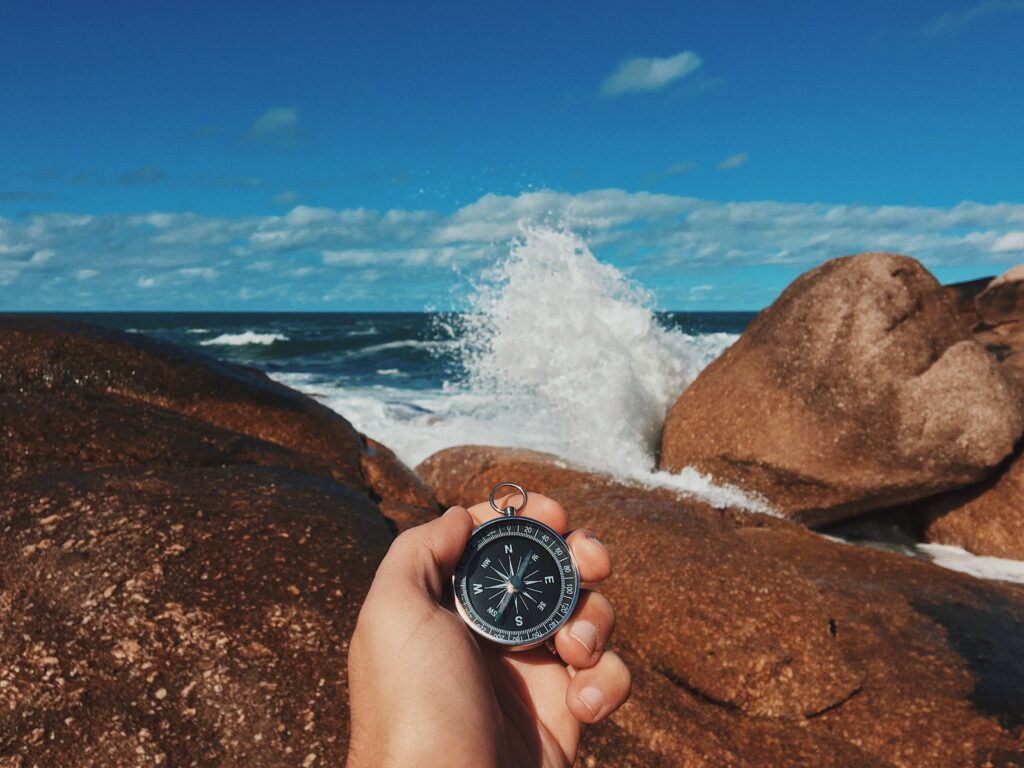
“Discover the fascinating world of wave energy and learn about its direction of travel in the vast ocean. Explore the principles behind wave motion and how this renewable energy source holds promising potential for sustainable power generation. Dive into the science of wave energy and its applications, all in one comprehensive guide.”
Table of Contents
Introduction
When it comes to the vast expanse of the ocean, one of its most intriguing features is the movement of waves. The mesmerizing ebb and flow of these waves not only create captivating sights but also hold a significant amount of energy. In this article, we will delve into the fascinating world of wave energy and explore the direction in which it travels across the ocean.
Understanding Wave Energy
Before we explore the direction of wave energy, let’s first understand how waves form and carry energy. Waves are primarily generated by the wind, which transfers its energy to the water’s surface. As the wind blows across the ocean, frictional forces between the air and the water create ripples on the surface, forming waves.
The Movement of Waves

Waves in the ocean can travel vast distances, sometimes spanning thousands of miles, before reaching the shore. The direction of wave energy is closely tied to the direction of the wind that created them. When the wind blows, it imparts its energy to the water, causing the waves to move in the same direction as the wind. This is known as the “fetch” of the waves, which refers to the uninterrupted distance over the water that the wind blows in a single direction.
Influence of Local Factors
While the direction of the wind is the primary factor determining the direction of wave energy, local factors can also play a role. The shape of the coastline, underwater topography, and the presence of natural or artificial barriers can all influence the movement of waves.
For example, when waves approach a coastline that is perpendicular to their direction, they tend to refract, which means they change direction and run parallel to the shore. This phenomenon can lead to the creation of long, spilling waves that surfers often enjoy riding.
Seasonal Variations
Another interesting aspect of wave energy is the seasonal variation in wave patterns. In some regions, the prevailing wind direction may change with the seasons, causing a shift in the direction of wave energy. This change can have significant implications for coastal ecosystems and even impact the erosion and deposition of sediment along the shoreline.
The Role of Tides
Tides, which are the rising and falling of sea levels caused by the gravitational pull of the moon and the sun, also interact with wave energy. Tidal currents can alter the direction and speed of waves, especially in coastal areas with strong tidal movements.
Applications of Wave Energy

Understanding the direction of wave energy is not only scientifically intriguing but also has practical applications. Wave energy is a valuable renewable energy source that can be harnessed to generate electricity. Various technologies, such as wave energy converters, are being developed to capture and convert this energy into usable power, contributing to a more sustainable future.
Conclusion
In conclusion, the direction of wave energy in the ocean is primarily determined by the direction of the wind that generated the waves. As the wind blows across the water’s surface, it imparts its energy to the waves, causing them to move in the same direction as the wind. However, local factors and tidal currents can also influence the movement of waves. Understanding wave energy is crucial not only for scientific curiosity but also for exploring its potential as a renewable energy source to address our energy needs while minimizing environmental impact. So, the next time you gaze out at the ocean, take a moment to appreciate the incredible power and beauty of the waves that traverse the world’s seas.
FAQ
1. What is wave energy, and how is it generated?
Wave energy is a form of renewable energy that is harnessed from the kinetic energy of ocean waves. It is generated by the movement of waves on the ocean’s surface, which is primarily influenced by the wind. As the wind blows across the water, it creates ripples and waves, and the energy from these waves can be captured and converted into electricity using various technologies, such as wave energy converters.
2. Can wave energy be a reliable source of electricity?
Yes, wave energy has the potential to be a reliable source of electricity. Unlike some other renewable energy sources, such as solar and wind, waves occur consistently, driven by wind patterns and tides. However, harnessing wave energy on a large scale requires advanced technologies and infrastructure. Researchers and engineers are continually working to improve the efficiency and reliability of wave energy conversion systems to make it a viable and dependable source of electricity.
3. How does wave direction impact surfing conditions?
Wave direction plays a crucial role in determining the quality of surfing conditions. Surfing waves are typically classified into left-breaking and right-breaking waves, depending on the direction in which they peel along the wave face. Surfers often seek specific wave directions based on their riding preferences and skills. The coastline’s orientation, underwater topography, and local wind patterns all influence the direction of waves, contributing to the diversity of surfing experiences around the world.
4. What are rogue waves, and are they dangerous?
Rogue waves, also known as freak waves or monster waves, are unusually large and powerful waves that can appear unexpectedly in the ocean. They can reach heights much greater than the surrounding waves and can pose a significant threat to ships, offshore platforms, and coastal areas. Rogue waves are challenging to predict, making them hazardous for maritime activities. Scientists are still studying the causes and mechanisms behind rogue wave formation to improve early warning systems.
5. How does wave energy compare to other renewable energy sources?
Wave energy offers some unique advantages compared to other renewable energy sources. Unlike solar and wind energy, which depend on specific weather conditions, wave energy is relatively constant, as waves are continuously generated by wind patterns and tides. Additionally, wave energy has a lower visual impact on the environment compared to large-scale wind turbines or solar farms. However, as with any renewable energy technology, there are challenges to overcome, including the high costs of infrastructure and potential environmental impacts on marine ecosystems.

